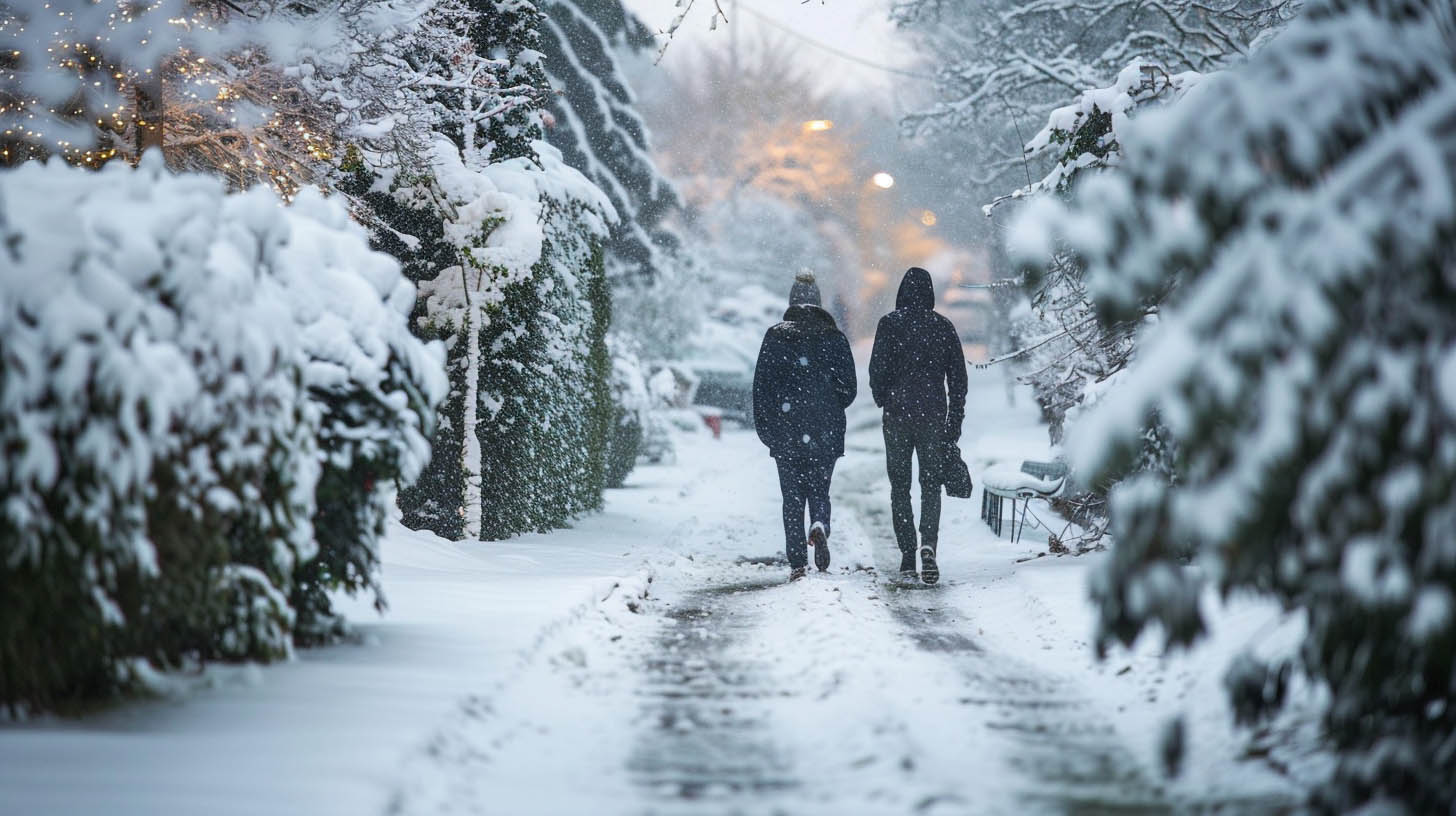At Trojan Roofing, located in Indianapolis, IN, understanding the impact of winter weather on your roof is crucial for maintaining its integrity and safety. Snow, a common seasonal challenge, varies significantly in weight, affecting how much your roof can handle before it becomes a safety concern.
Snow Load and Roof Safety
Understanding Snow Types and Their Impact
Snow comes in various densities, which directly affects its weight and the subsequent pressure it puts on your roof structure. Light, fluffy snow, typical in extremely cold environments, weighs about 4 pounds per square foot. In contrast, wet, heavy snow, which occurs near freezing temperatures, can weigh as much as 13 pounds per square foot. Recognizing the type of snow on your roof can help in assessing the risk and necessary precautions.
Roof Pitch and Snow Accumulation
The design of your roof also plays a pivotal role in how snow accumulates and is managed. A steeper roof pitch promotes better snow shedding, reducing the likelihood of excessive snow buildup. Roofs with a pitch that rises 6 inches for every 12 inches of horizontal distance are more effective at preventing snow accumulation compared to flatter designs.
Preventative Measures and Maintenance
Roofing Materials and Protective Barriers
Investing in high-quality shingles that withstand heavy snow loads and incorporating ice and water shields can greatly enhance your roof’s resilience against winter conditions. These shields are especially important in areas prone to ice dams, which can cause water leakage and damage.
Installation and Benefits of Gutter Heat Cables
Gutter heat cables are an essential component for winter roof maintenance. These cables prevent ice dams by ensuring that snow and ice do not accumulate in gutters and downspouts, which can lead to water damage. Installing heat cables involves measuring the gutter length, ensuring a proper power source, and arranging the cables to cover all critical areas effectively.
Activating Gutter Heat Cables
It’s advisable to turn on gutter heat cables about one to two hours before a snowstorm. This proactive approach allows the roof and gutters to warm up, preventing ice formation and facilitating the melting process.
Conclusion
Managing the challenges of winter weather, particularly snow load on your roof, is vital for the longevity and safety of your home. At Trojan Roofing, we provide expert advice and solutions tailored to the unique needs of Indianapolis residents. Ensuring your roofing materials and preventive strategies are in place can protect your property from potential damage due to heavy snow and ice.
For further insights on the importance of roofing materials in winter weather protection, click here.

